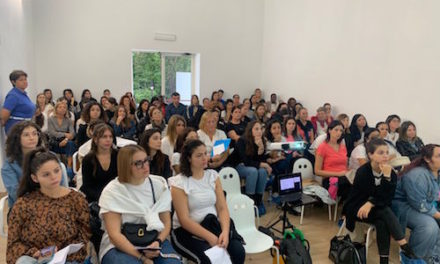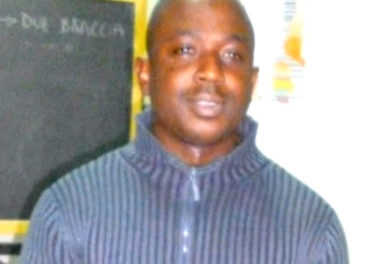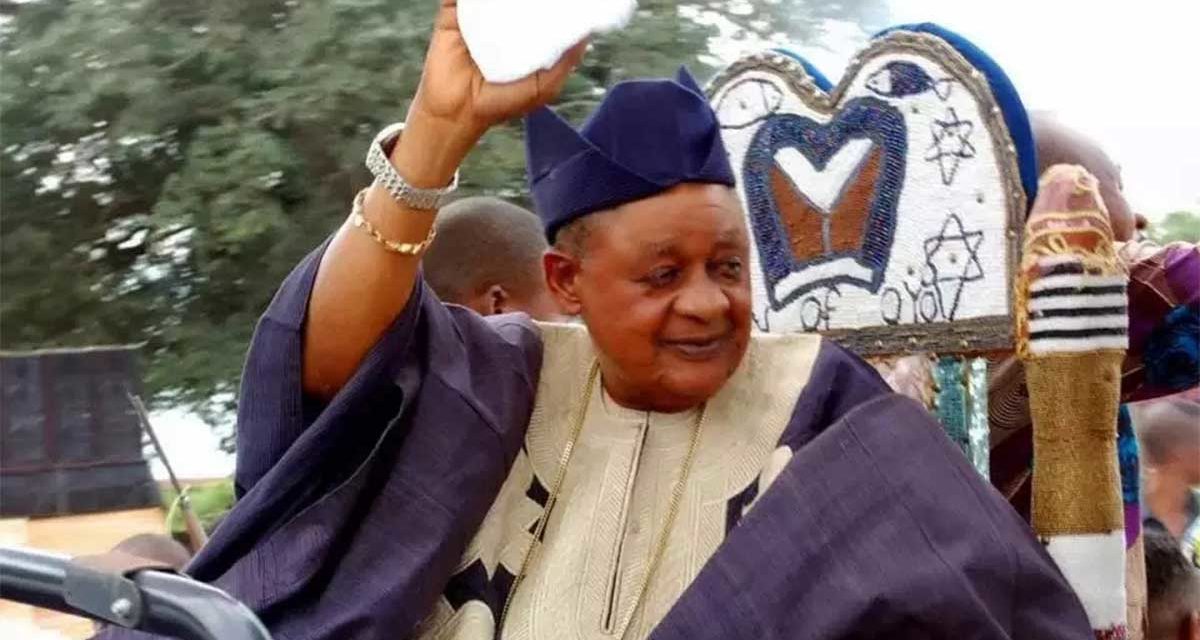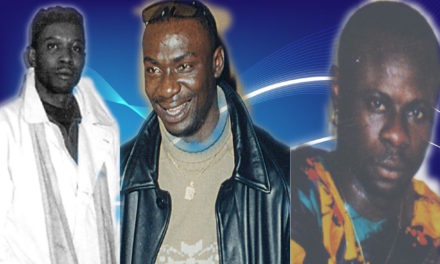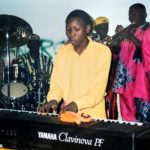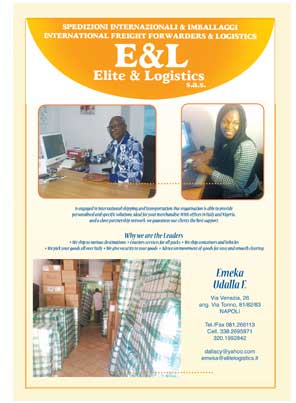The next day after formalities with the admin office, I started my journey around noon to Ibadan where I spent the night. Femi Mike Ogundele and wife hosted me in their home and gave me insights on how to get to my destination. Early the next morning, I started off on my quest to Oyo. I arrived there just before midday. I already told the driver of the Station wagon I took that I was going to the palace, he pointed to where I could get a taxi. I got on one and started my mission – to find out why the late Asipa, Chief Amuda Olorunkosebi had not been buried. “Has the Asipa been buried?” I asked the driver. He came to a sudden screech and almost hit an object. “Mi o mo o,” (I don’t know) he said chosing his words. “Are you not an indigene?” I continued. “Omo Oyo ni mi, sugbon mi o mo nkankan nipa ibere yin.” (I’m an Oyo indigene but I don’t know anything about your question.) From then onwards, he was looking at me suspiciously. I had a hunch he thought I was undercover police. He dropped me off at Isale Oyo market square.
I approached some market men and women and asked for the direction to the palace which they gave. A butcher was nearby with his wares in a wide calabash, fanning himself and the beef with his cap to relieve heat and wade off flies from his wares. I accosted him with the same question, he was blunt, “Ewo lo wa kan mi…” (What business of mine is that…) As I made to leave a young woman asked what I wanted and I asked her to direct me to the palace, while pointing out the direction, I asked about the Asipa and she threw her hands up, motioning ignorance. Then a little crowd started forming around me, I quickly left the scene and went to the late Asipa’s house first in Isale Oyo as I was directed. It was a very traditional compound with a wide entrance leading in. Some of the houses were mud houses and the main house was nondescript. As I made my way in, I heard the beats of Bata and Gangan drums from the palace which was a stone throw to the house, a young girl later directed me to the place where the family was. I was asked to put off my shoes before entering and that made me uncomfortable but I was on a mission, so I obliged. After exchanging greetings and introducing myself, I met with the eldest wife, a younger wife and some of the children of the Asipa who poured out their hearts to me. They lamented how life had been difficult for their family since the gruesome murder of their father and bread winner. They pointed accusing fingers toward the palace, stating that they only wanted justice and if that was not given, they were not ready to bury their patriarch.
I needed to go to the Alaafin and get his defense in this matter so they directed me to the palace. At the palace an aide said it was impossible to see the monarch without an appointment, I wanted to talk to any of his assistants but he declined. So, I asked if I could talk to any of the Oyo Mesi (The King’s advisers). He directed me to the Bashorun’s house. The Bashorun was an ebullient man and welcoming. He wanted to know my mission seeing I was an “ajoji” (stranger) as the people have referred to me. This time I used psychology, I cloaked myself as a research student from the University. He offered me a seat in his living room and water, but I declined the later. He went into the history of the Oyo Mesi as the King maker, Royal Advisers and the Voce Populi in the ancient town and the kind of traditional democracy they practiced. Then I asked if he could name the Council of the Oyo Mesi, “The council composed of the Basorun, Agbaakin, Samu, Alapini, Laguna, Akinniku and Asipa,” he said. “But there is no Asipa in the town…,” I countered. He hesitated and with his hand wagging towards the house of the Asipa he said, “Won o ti tu fo fun wa lafin…” (They, the family, had not announced his demise to the palace.) Without the announcement, it was deemed he was still alive and the post could not filled by another. I asked why the palace was not forth coming in helping with the investigations as alleged by the family and he maintained that unless they inform the palace, they could do nothing.
Well, I think I got my story so I quickly left Oyo for Lagos. On my journey back, I wrote my story and branched at the newsroom to drop it just in time. It was published on AM News the next day. A day after it was published, while I was in the Newsroom with some colleagues and my “next desk colleague” Chido Onumah, a young man in his early 30’s sauntered in towards my direction. I have never seen him before but he was smiling and coming towards me. Who is this? I thought.
“Good day,” he said. I responded.
“How can I help you?”
“I’m here to see Olubunmi Fagade.” Before I could utter the next word, Chido answered, “He’s not here today.”
“I was told she was in the Newsroom…,” the man maintained.
“I just told you he is not here… and why do you want to see him and who are you?” Chido queried. “It was about the story he or she wrote on the Asipa, I have come to give the palace account and I’m the media assistant to the Alaafin and I travelled all the way from Oyo.”
“You may need to talk to the editor instead of looking for Bunmi, he may not even be here tomorrow,” I managed to say. Chido corroborated the idea of talking to the editor but the man was bent on seeing Bunmi. He left promising to look in a couple of days later but I never saw him again.I left the Newsroom that day watching my back. I never answered whenever anyone called out Bunmi on the streets, only if the person called Buuummmfaggg!
The late Asipa, Chief Amuda Olorunkosebi was finally buried in November 1999, exactly 7 years after his death. Another Asipa was to be installed but died before the day of installation. The Alaafin of Oyo, Oba Lamidi Adeyemi III who died last week, was acquitted of all charges relating to the murder of the Asipa by the Supreme court. The late monarch has been buried after the Islamic and traditional rites on April 23 in the Baara, the final resting place of all his predeccesors. Oba Lamidi Adeyemi who succeeded Alaafin Gbadegesin Ladigbolu II reigned for almost 52 years.

